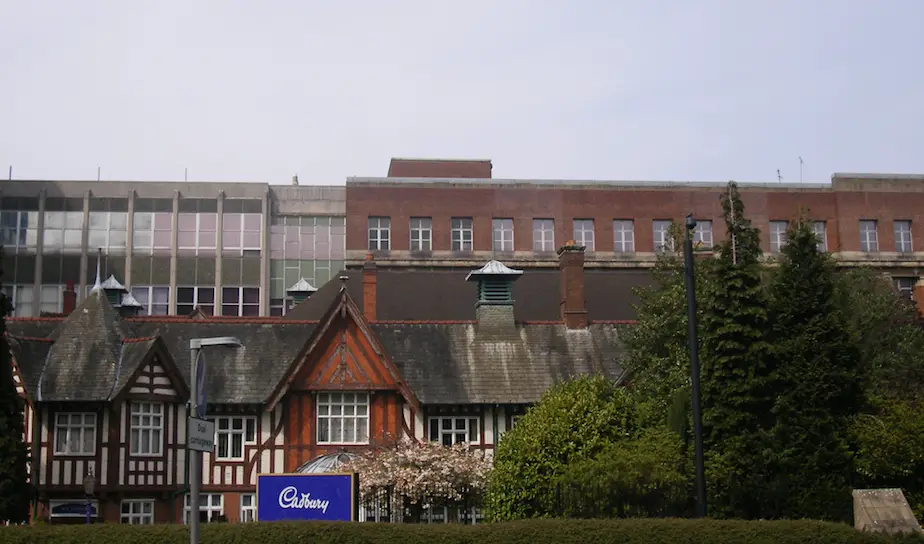Melbourne is a city defined by its suburbs. It is the distinct character of neighbourhoods from Footscray to Frankston that help Melbourne regularly sit near the top of world’s most liveable city rankings.
The quality of life provided by Melbourne’s suburbs comes at a price. The findings of the latest worldwide cost of living review sees the city ranked as the fifth most expensive city surveyed. Melbourne is now a more expensive place to live than New York. The increasing cost of living, and in particular, the cost of housing risks seriously undermining the city’s liveability.
Plan Melbourne, the new metropolitan strategy for the city, recognises that housing affordability is one of the pressing issues facing Melburnians. The strategy offers a set of concepts aimed at shaping the city’s future and – the government hopes – addressing housing affordability and choice. It is embedded in the compact city theory; where new houses are focused in existing areas with good access to public transport and other amenities. The clear intent is to concentrate higher density housing in the inner city and urban renewal precincts thus helping to safeguard more than fifty per cent of Melbourne’s existing suburbs from infill housing development.
To help protect these suburbs a suite of new residential zones have been introduced across the city by local councils. The purpose is to provide clarity about the type of housing the community can expect in their suburbs. Through mandatory height controls and limitations on the number of houses on a lot, the new zones are designed to protect Melbourne’s distinct character. The intent, according to Plan Melbourne, is to reflect the aspirations of all Victorians.
The emphasis placed on protecting suburbs from infill development contradicts another key concept of Plan Melbourne – the 20-Minute Neighbourhood. The idea takes its lead from that developed by the City of Portland, Oregon. A 20-Minute Neighbourhood is about living locally in areas that have access to jobs, shops and other uses within a short walking radius of your front door.

Many of Melbourne’s inner suburbs already have the characteristics of a 20-minute neighbourhood. Our most-valued suburbs are based around an urban structure that is coherent, attractive and, most importantly, adaptable.
Prahran, located 5 kilometres south-east of the Melbourne CBD is structured around a gridded street network of walkable blocks. Lots are generously proportioned accommodating a mix of housing types. Single houses make up approximately 24% of the total housing stock, terraces and townhouses 20% and flats and apartments a further 45%. Housing tenure is evenly split with 55% of the population renting.
Households have access to a range of daily amenities including parks, shops and schools. All within an easy walking distance or short tram ride.
The flexibility of this urban form has allowed suburbs such as Prahran to adapt and meet the changing needs of the city. Larger detached houses have transitioned to low and medium rise apartment buildings. Diversity in the housing stock has given people a choice of where and how they choose to live.
The evolution of suburbs has contributed to a vibrant social character where young families play in the parks or moustachioed hipsters can skate board freely along the street. They are places where 20-something professionals can buy their fresh fruit from neighbours who have been part of the suburb for 40 years.
Plan Melbourne relies too heavily on using the physical aspects of character as a means of preservation. Applying residential zones with inflexible design controls on the types of houses that can be built will hamper the adaptability of our suburbs.
Understanding and appreciating character in Melbourne needs to look beyond the physical and built environment. Character is as much about people as it is place. Housing strategies must look past the pitched roofs, fence heights and the colour of the front door. As defined in recent planning guidance for London, the character of places is:
…created by the interplay of different elements, including the physical or built elements that make up the place, the cultural, social and economic factors which have combined to create identity, and the people associated with it through memories, association and activity.
To achieve Plan Melbourne’s vision of 20-minute neighbourhoods a broader appreciation of character is needed. Planning for locally liveable neighbourhoods requires a balanced approach between protectionism and change. It is about understanding how the existing character, both physical and social, can best inform how a place evolves in the future. For some locations, to deliver the desired healthy and diverse communities envisaged for Melbourne, change is a necessity.
Max Walton is an Urban Planner and Designer based in Melbourne.
Photos: Tiff Ng and Nomad Tales.



